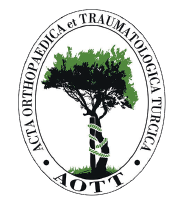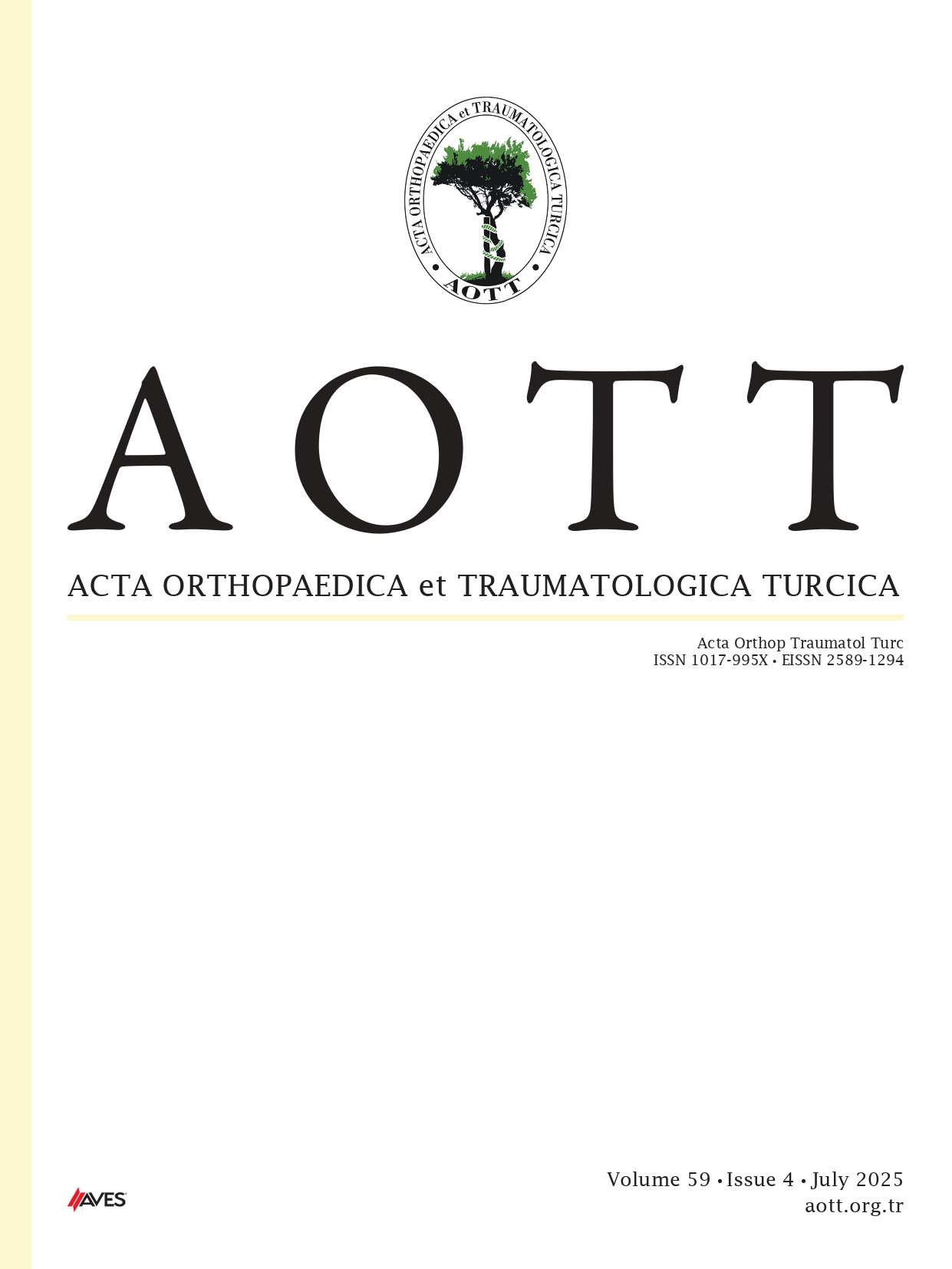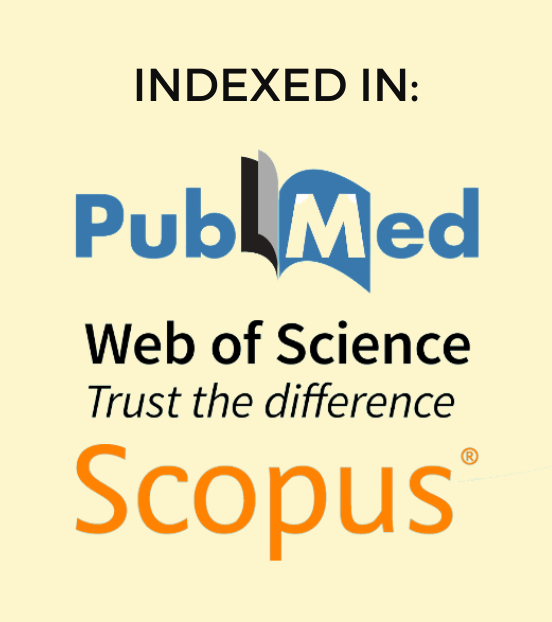Objective: This study aimed to assess the contributions and global impact of Turkish orthopedics and traumatology research published in high-impact international journals over the past decade (2014-2023). By examining article types, citation metrics, journal impact factors, and author affiliations, the aim was to highlight publication trends, strengths, and areas needing improvement within Turkish orthopedic research.
Methods: Using the Web of Science database, keywords were searched under journal categories including “Orthopedics,” “Orthopedics, Rehabilitation and Sports Medicine,” and “Sports Sciences.” Articles from the top 40 orthopedic journals indexed in Science Citation Index Expanded were identified and selected based on their 2022 impact factors. Articles published between January 2014 and December 2023 with first authors affiliated with a Turkish institution were included. Citation density was calculated by dividing the total number of citations by the number of years since publication. Data extracted included publication type, citation count, citation density, research methodology, author affiliations, and institutional contributions.
Results: Out of 70 279 articles published globally, 425 orthopedic articles with Turkish first authorship were identified in the selected journals. Most articles were clinical (88.7%), with the most frequent article types being case presentations (31.3%), retrospective cohort studies (17.9%), and laboratory research (11.3%). The least common types were expert opinions, epidemiological studies, and meta-analyses. The majority of articles appeared in Spine Journal (34.6%) and Knee Surgery, Sports Traumatology, Arthroscopy (27.3%), with no articles published in the highest-ranked journal (British Journal of Sports Medicine). Spine surgery was the leading subfield (29.9%), followed by sports, shoulder, and elbow surgery (22.6%) and reconstructive surgery (16%). Orthopedic specialists comprised 56% of first authors, with multicenter studies representing 65.4% of the articles. Public institutions accounted for 80.1% of published articles, while private institutions contributed 19.9%. A total of 356 articles were cited 8349 times, with a median citation number of 9 per article. Mean citation density was highest in meta-analysis (8.5 citation/year), epidemiological studies (8.3 citation/year), and randomized controlled trials (7.8 citation/ year), while lowest in case presentations (0.3 citation/year), expert opinions (0.4 citation/year), and laboratory research (2.2 citation/year).
Conclusion: Turkish orthopedic research has maintained a significant presence in top orthopedic journals, mostly through clinical studies, especially in spinal and sports injury subfields. Despite high publication volume, citation impact remains relatively lower. Future efforts should encourage higher-impact study designs, international collaborations, and standardized research evaluations to enhance the global influence of Turkish orthopedic literature.
Cite this article as: Korkmaz T, Afaca MY, Elibollar C, Cıbıkcı AOG, Karaismailoğlu B, Seker A. A bibliometric analysis of turkish orthopedics and traumatology in highimpact global literature over a decade (2014-2023). Acta Orthop Traumatol Turc., Published online 27 August 2025, 2025. doi:10.5152/j.aott.2025.25362.



.png)
.png)
